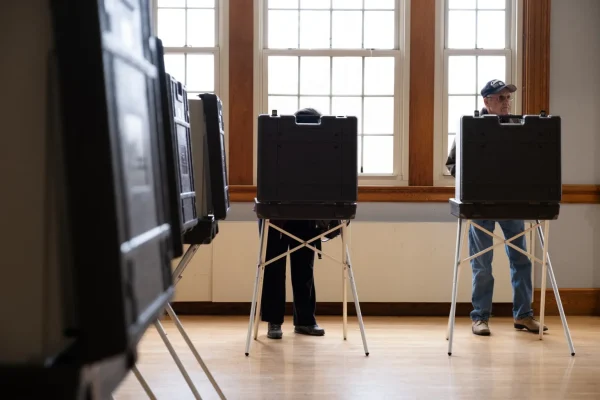The Taliban seizes Afghanistan: What you need to know
Photo courtsey of Creative Commons
Homes in Kabul, Afghanistan from 2018
On Aug. 22, the Taliban invaded Kabul, Afghanistan. They stormed the capital in a matter of days and continued to seize multiple other cities, effectively taking control over the country. This occurred two weeks prior to the set withdrawal date for U.S. troops.
This isn’t the first time that the Taliban has taken over Afghanistan. From 1996 to 2001, the Taliban held control over the country, until the U.S. ousted them in retaliation to 9/11.
This current occupation presents multiple problems primarily for Afghan citizens trying to flee the country, but also for the Middle East and the world at large. For example, a return to a Taliban-controlled Afghanistan could mean significantly reduced rights for women, and a stricter sharia law. It could also mean regional instability for surrounding countries, as conflict invariably spills over borders.
While the Taliban has made promises for a just and equitable government, many are still wary of their intentions and are trying to flee the country. In the past few weeks, multiple videos have circulated on the internet, depicting how Afghans tried to leave.
One video showed Afghan citizens trying to hang onto a departing plane, falling to their deaths once the plane took off. Another showed desperate mothers throwing their babies to strangers in a crowd, passing them over the border of the Kabul airport to British soldiers.
Scenes like these starkly contrast with the version of the Taliban presented by their spokesperson, Zabihullah Mujahid.
Not only did he make promises that Afghanistan would protect women’s rights, but he also said that Afghans who previously worked for the U.S. government would be granted full amnesty.
“We want to build the future, and forget what happened in the past,” Mujahid told the New York Times.
Despite these promises from Mujahid, the situation in Afghanistan has continued to escalate.
On Aug. 26, two bombing attacks occurred outside of the Kabul airport. More than 60 Afghans were killed, and over 140 were wounded. 13 U.S. service members were also killed in the attack. According to Biden, the intelligence community has made the assessment that these attacks were made by a group called ISIS-K. This terrorist group is both an affiliate of ISIS and an enemy of the Taliban, as they don’t believe that the group is extremist enough.
On the same night that the attacks occurred, U.S. President Joseph R. Biden gave a speech addressing the incidents and all of the lives that were lost.
“Jill and I–our hearts ache, like I’m sure all of you do as well… we’re outraged as well as heartbroken.”
Later in the speech, Biden said that the U.S. is taking action and that he is taking time to assess the situation.
Biden’s action was evident in the early morning of Aug. 29, when he carried out drone strikes against an ISIS-K planner. This retaliatory attack came amid worries of future attacks, and it ultimately served as an effort to continue the Kabul evacuation effort. Although this bombing was aimed at ISIS-K, it killed 10 civilians, including seven children.
Biden’s decision to evacuate American troops from Afghanistan was finalized in the early morning of Aug. 30, when the final U.S. military plane left the country.
What will happen as the situation progresses remains unknown, as does the Taliban’s position on the world stage. If one thing remains certain, however, it’s that we will need to adjust to the Taliban’s leadership and demands, even amid terrorist attacks and a fearful Afghan population.
More recently, U.S. adjustment to the Taliban has started to become established. According to Secretary of State Antony Blinken, there will be a new embassy in Qatar, which will provide consular services.
Especially now that the U.S. has completely withdrawn from Afghanistan, remaining diplomatic will be crucial, as there are still countless citizens in Afghanistan looking for refuge and a way out.

Samuel Weinmann is a passionate journalist who is a junior international affairs major at the University of New Haven. As the editorial head of the Charger...





